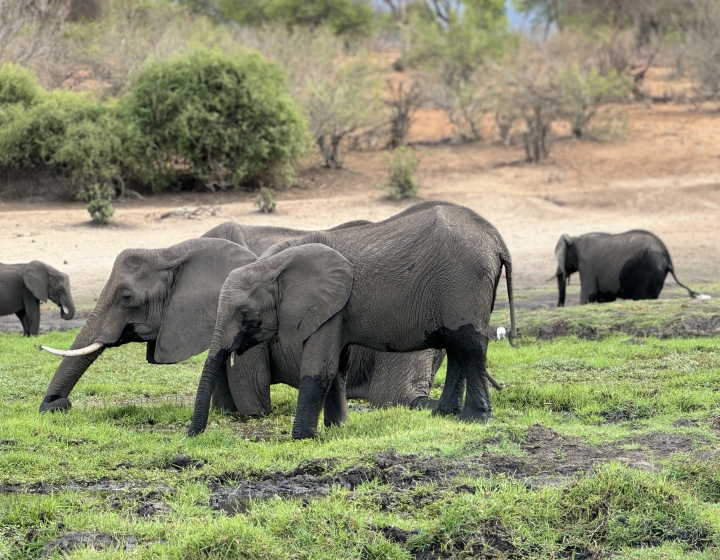Cornell’s Small Animal Community Practice garners rare accreditation status
Clients entering the Small Animal Community Practice (SACP) at the College of Veterinary Medicine may notice a new red sticker on proud display – a small but significant indicator of the practice’s recent accreditation by the American Animal Hospital Association (AAHA).
The SACP thereby officially joins an elite group of veterinary practices – only 12 to 15 percent have earned this designation – that meet the stringent criteria of the AAHA, the only organization accrediting small-animal hospitals in the United States and Canada.
As the SACP moved out of the main Cornell University Hospital for Animals (CUHA) building into a brand-new, stand-alone facility in June 2018, “we really wanted to become AAHA-certified to mimic many of our partners in practice,” said Dr. Gillian Perkins, associate director and director of biosecurity at CUHA. “Our students also learn what it’s like to work in an AAHA-accredited hospital, pushing the standards of veterinary care, which is what we’re always trying to do in this teaching environment.”
It took the SACP team well over a year to gather information and document compliance with AAHA’s 940 standards in 18 categories, covering all aspects of veterinary care from anesthesia to pain management, from cleaning protocols to client communication. “The list goes on forever,” said Liz Daniels, who took on a key role in driving the process forward after coming in as practice manager last May.
“It wasn’t just something you could work on here or there,” Daniels said. “You really had to make sure you’re checking all your boxes, following the proper protocols, reaching out to the correct resources to see if anything is missing. A lot of time and effort went into it.”
She was assisted primarily by Perkins, as well as veterinary student Leslie Ballard, D.V.M. ’21, who was eager to learn more about the business side of her chosen profession, and Community Practice Service section chief Brian Collins, D.V.M. ’94, one of the original proponents of seeking accreditation.
While initially the process felt daunting, Perkins said it proved to be instrumental in transitioning the practice into its new space and helping faculty and staff clarify their roles. “They all split up and took control of certain aspects of it,” Daniels explained. “For example, we have one person specifically maintaining our IDEXX equipment and quality control. We have someone else overseeing inventory standards. This could not have been accomplished without the team effort of the entire staff at SACP. Everyone played an important role in earning this accreditation.” The resulting handbook serves as an easily accessible resource for team members and helpful guideline for any incoming faculty, licensed veterinary technicians (LVTs) and students.
Finally, in November 2019, AAHA’s seal of approval topped off the demanding – but rewarding – process. “There were a lot of high fives,” Perkins recalled. “We’re very excited and proud. The accreditation process has made us better, and we hope to hand that on to our animal patients, their loving owners and veterinary students.”
-By Olivia Hall





